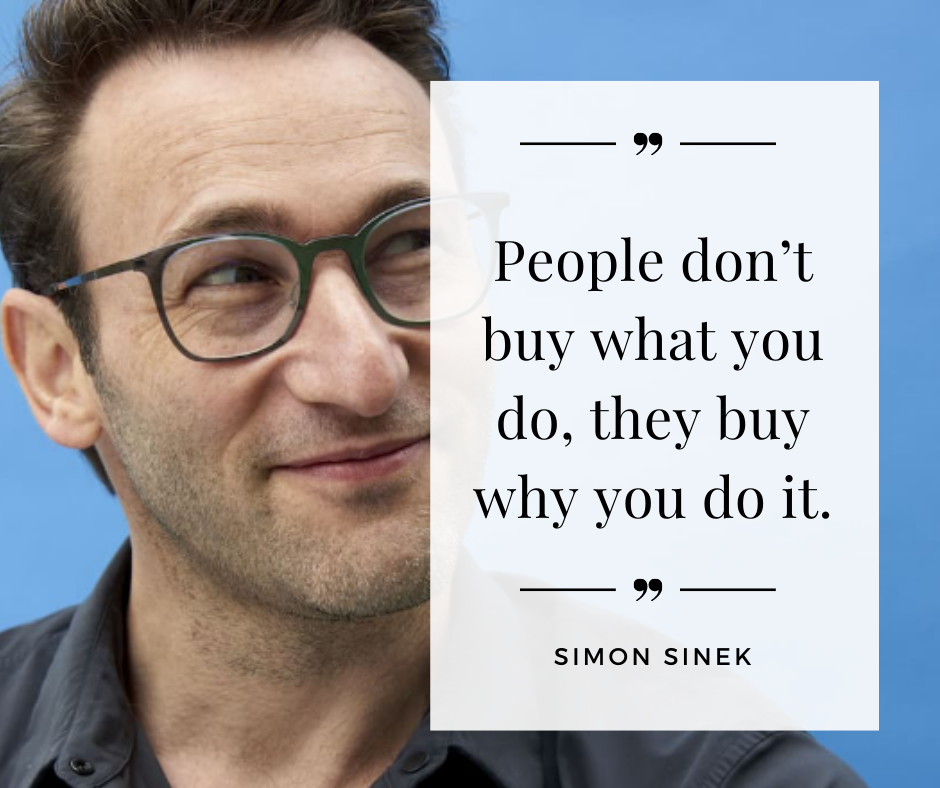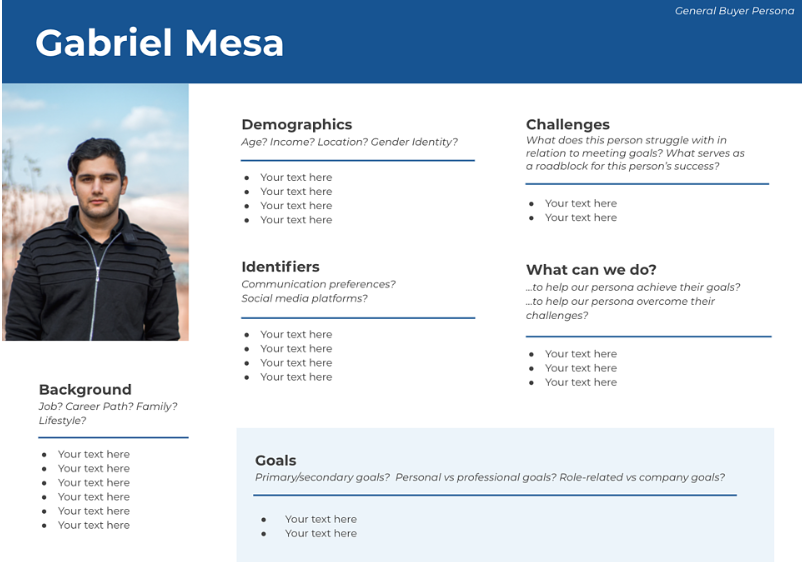Branding is an essential part of any business and should be at the forefront of any small business owner’s mind and not an afterthought. Branding is your company’s identity, the promise you make to your customers, what a customer will remember you by and how you will be perceived by prospective customers.
So what are the essential branding elements small business owners should recognize and focus on? Many understand that branding is “essential” but many don’t understand why it’s important.
Let’s dive into why branding is important and what the essentials are so your small business can thrive.
Why Is Branding Important?
Branding Essentials
1) Create Your Brand Identity
The identity of your brand are the visible elements such as color, design and logo that distinguish you in a customer’s mind.
Brand identity is different from “brand image” and “branding.” The term branding refers to the marketing practice of actively shaping a distinctive brand. Brand is the perception of the company in the eyes of the world.
How you develop a strong brand is first knowing who you are–what is your mission, what is your “why,” what are your values, what is your brand personality, how do you differentiate yourself from your competitors, what is your brand voice?
After you figure out who you are, then design your logo, determine what your brand colors will be and how you want others to feel about your brand.
TOOL: Need a reliable resource to create a brand logo at a reasonable price? Check out Fiver. There are tons of freelance services available. Create an account and get started in just a few minutes. I got my logo designed for under $1,000 US Dollars. Included in my package was a main logo, watermark, alternative logo, brand board, font type and brand colors.

TIP: Be authentic in how you represent your brand identity; “if you don’t believe in your own goods and services, then no one will. Regardless of how good the facade is, your customers will eventually see through it. Therefore, the fundamental factor is having a product or service that really delivers so you can be authentic in promoting the brand. Without this, it’s all smoke and mirrors.”
2) Design a Brand Mood Board
Having a brand mood board is a great way to keep all of your brand elements organized and the board’s purpose is to comprehensively visualize your brand’s story.
“A branding mood board is a collection of visual assets—whether that’s colors, images, text, photos, or any other kind of visual inspiration—that encompasses who you are as a brand and what kind of brand message you want to put out into the world.”
TIP: One fun way to begin a mood board is by physically creating a collage. Check out Pinterest for inspiration, go through old magazines, newspapers or anything that speaks to your brand identity. Cut and paste your ideas on some cardstock, have fun with it!
TOOL: If cutting and pasting isn’t your thing, check out Canva’s mood board templates for a quick and easy way to get your brand identity in one digital document.
Here is one I created in less than 5 minutes using a branded mood board template from Canva. Now I can keep this and add it to my branding guidelines.

3) Know Your “Why”
Simon Sinek famously said, “People don’t buy what you do, they buy why you do it.”

The way to captivate your ideal customer is to connect with them on an emotional level–understand their pain points and why you care about solving their problem. One way to do this is by writing a brand purpose statement to act as your compass guiding all of your moves.
TIP: Check out how Taughnee Stone breaks down ways to write your brand purpose statement – she provides great examples of brands with excellent purpose statements. Check out her blog post.
“We believe that buying glasses should be easy and fun. It should leave you happy and good-looking, with money in your pocket. We also believe that everyone has the right to see.”
WHY: Warby Parker came into existence because a single company dominated the eyewear industry and artificially inflated prices. They wanted to provide an alternative. They believe that people shouldn’t be victims of unfair business practices and deserve the dignity of being able to correct their vision without going broke.
WHAT: They sell stylish glasses.
“Build the best product, cause no unnecessary harm, use business to inspire and implement solutions to the environmental crisis.”
WHY: Patagonia believes business practices can have a positive impact on the environment.
WHAT: They sell jackets.
4) Research Your Target Audience & Competition
One of the key areas that you don’t want to overlook when building your brand is doing proper research toward your target audience and competition. These two areas will guide you and provide insightful information. Both should mold your brand as a result of your findings.
TIP: Do some keyword research around what your business is about. For example, I am a marketing agency helping small businesses create a brand. I would type into Google, “small business marketing” – from here I can identify any nearby competitors and evaluate what they are doing in comparison to what I am offering.
My goal is to differentiate myself from their service. I do a full blown competitive analysis and begin by dissecting their website. Here are a few pieces I look at:
- How they define who they are
- What services they are offering
- How their website looks and what the user experience is like
- What are their key marketing messages
- What kind of blog content are they posting – what are some pieces I might replicate
TOOL: If you want a free keyword tool to get the right keywords on your website to attract the right target audience then check out Google Keyword Planner. It’s free and all you need to have is a Google account.
From your competitor research you can get a better understanding of how others are marketing themselves which can help you identify ways that are speaking to your target audience. Be on the lookout for ways they develop their messaging, this can be useful to you because if it’s working for them, it could work for you too.
5) Create a Buyer Persona
A buyer persona is an identity of your ideal customer. You create a persona to help you formulate better marketing strategies and perfect the ways in which you attract this customer to learn more about your business.
TOOL: Here are some helpful steps to take to begin creating a persona suggested by HubSpot:
- Look through your contacts database to uncover trends about how certain leads or customers find and consume your content.
- Use form fields that capture important persona information when creating forms to use on your website. For example, if all of your personas vary based on company size, ask each lead for information about company size on your forms.
- Consider your sales team’s feedback on the leads they’re interacting with most. What generalizations can they make about the different types of customers you serve best?
- Interview customers and prospects to discover what they like about your product or service.
After you compile all the data, the next step is to use your research to identify patterns and commonalities from the answers to your interview questions, develop at least one primary persona, and share that persona with the rest of your business.
Here is a sample template from HubSpot:

TIP: Give your buyer persona a name and think of them in all of your marketing messaging and strategy development.
6) Create a Tagline
Oftentimes, we make simple things complicated. A perfect example of this is a tagline. This is one area that you shouldn’t over think rather you should, “JUST DO IT.”
See what I did there 🙂
TIP: Here are a few notable tips from INC. to create your tagline:
- Keep it simple
- Taglines should speak directly to a benefit
- Tell your story
- Explain your offering
- Communicate with clarity
- Describe who you are
- Require a double take
- Keep it short
- Say just enough
- Be scenario driven
Read the tips in detail here.
7) Develop a Brand Voice & Key Messaging
Creating a successful brand voice is all about establishing a tone that speaks directly to your consumers and that builds a robust community. Your brand voice is the personal and honest tone that keeps your customer base happy and connected.
Your brand voice can have any style, as long as it feels true to your brand values and persona—be it authoritative, playful, intellectual, ominous, kind or fun.
TIP: First step in creating your brand voice is to assert your core brand identity by establishing your vision, mission and values and highlighting the aspects of your business that help it stand out amongst the competition.
Find more tips here.
Your key messaging should be based around your brand voice. What I refer to as “key messaging” is:
- Who are you?
- What product or service are you offering?
- What can your product or service do to address the pain points of your target?
Answer these 3 core questions and develop your content strategy around the responses.
Do you require some assistance in this area of marketing? Consider hiring a marketing consultant to help you. For more information feel free to drop us a line at [email protected]
8) Apply Your Branding Across Your Business
Simple, and a MUST do. You must have a consistent brand look and feel across your entire business. Once you build your brand identity, you’ve designed your logo and developed your company’s key marketing messages then you are ready to do an audit to ensure all your brand elements are where they should be.
TIP: Here is a list of places where you should update your brand:
- Business cards
- Email signatures
- Social media profile pictures, banners, and business descriptions
- Letterhead
- PPT Presentations
- Website colors, banners, font type, etc. should all align with your branding selections
- Any marketing collateral such as brochures or flyers should have your branding applied.
- Social media design templates/posts
Having any inconsistencies in your brand image may discourage any potential customers from doing business with you. It’s highly recommended to be consistent and have everything around your brand tightened up.
TOOL: If you need help, hire a marketing consultant to help you brand your business more effectively, audit your marketing assets (if you have any), and apply your branding across your business.
Contact [email protected] for more details.
9) Create a Content Plan
Content is king! And so is consistency. You need both to have a successful content plan for your website and social media platforms.
Content is King: Brief Explanation:
The quote ‘content is king’ is originally from an essay Microsoft founder Bill Gates wrote in 1996. In it, he describes the future of the Internet as a marketplace for content. The phrase “content is king” is not new, but because of the increased focus on content marketing strategies, the quote is used very often.
The success of websites depends on quality content. A website must offer content that meets the demands of users, and it should be optimized for search engines such as Google and Bing.
Content marketing is a marketing strategy centered around the visitor’s interests with quality content instead of advertising. This evolved from the fact that users no longer pay attention to the daily onslaught of advertising messages on sites. In online advertising, this is known as banner blindness.
For this reason, companies try to create content that provides value to the visitor. Thus, the perception of the company is positively influenced by the public. In addition, companies can keep track of different content marketing strategies:
- Poistioning yourself as an expert
- Improve brand awareness
- Improve search engine ranking
- Acquire and retain customers
- Generate (blog) traffic
- Generate new leads
- Generate backlinks
TOOL: Check out the full article from Text Broker here for great insights on why “Content is King!”
TIP: In order to have a successful content strategy, you must dedicate time to content planning. I do this on Saturdays by carving out 3 hours where I research topics, write my ideas in my notebook, draw my final topics on a whiteboard (so I see it everyday as a reminder), and then I begin writing my social media posts, website content, blogs and so on. Then I build all the final content in my marketing automation tool (scroll down to brand essential #10 to find out what tool I use).
If you want your brand to grow, one of the key pieces to that growth is to understand how and why “Content is King.”
10) Publish Your Content in Advance
One of the most important and most challenging areas I have found as a small business owner is publishing my own content. It’s funny because this is what I do for a living and yet when it comes to “marketing my own business” I can’t find the time.
Until I discovered the value of marketing automation tools! What a life saver Hootsuite has been for not only my business but for all the social media content that I post for my clients in advance.
TOOL: According to an article by Forbes, 20 Must Have Tools for Small Businesses, “Typically, one of the challenges new or small businesses face is a lack of manpower. Startups are generally formed by a group of motivated, hard working individuals, each juggling a collection of hats. Hootsuite acts as an employee replacement, with its post scheduler system. Primarily used for social media outlets such as Facebook, Twitter, Instagram, etc. Hootsuite allows users to create all of their information ahead of time, and then stagger them by date and time. You can attach images and videos and post items to numerous outlets at a time. This system not only allows you to be working, even when you are not working, but can create a constant stream of information from your company, while you are working on other projects.”
Trust me, Hootsuite or any other automation tool will be a game changer.
Apply these tips & tools
Need someone to help you further understand how to use the tools or leverage the tips mentioned in this blog? Schedule a meeting with us to learn more.
